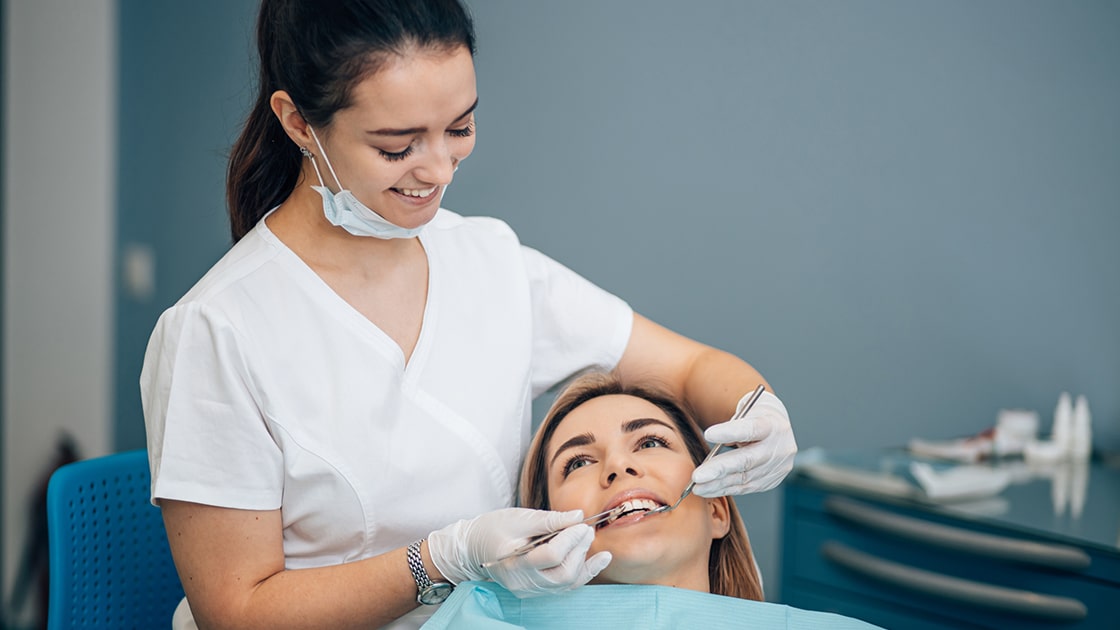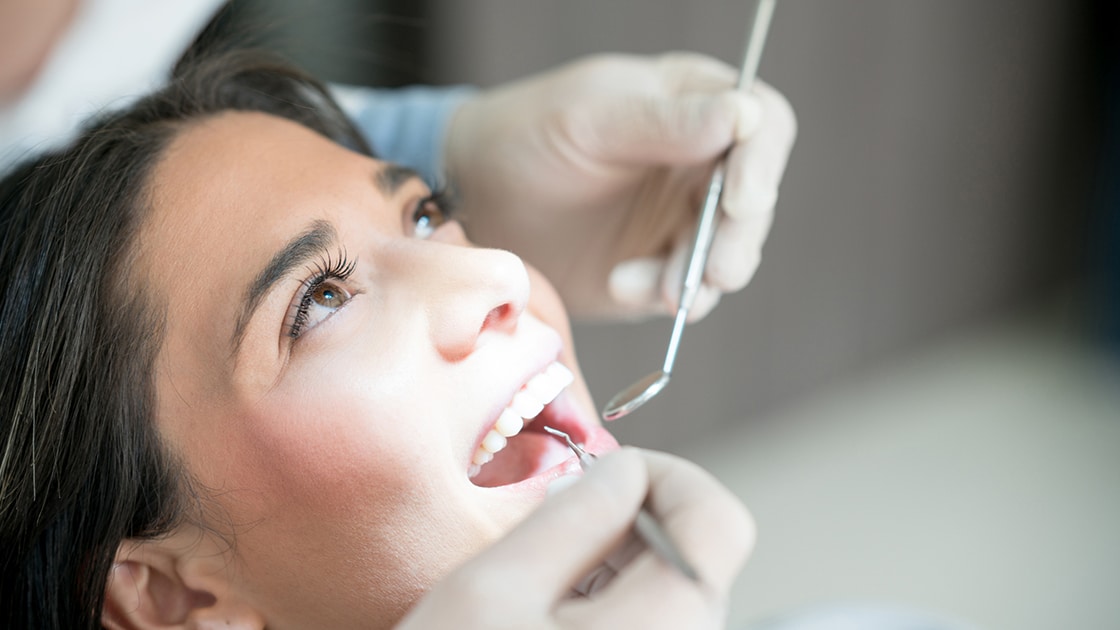
What is General Dentistry?
General dentistry includes the most common procedures, and treatments dentists provide. General dentistry includes preventative and restorative treatments for children and adults.
For example, preventative treatments for children include regular exams, cleanings, dental sealants, and fluoride treatments. Preventative treatments for adults include digital dental x-rays, oral exams, and cleanings.
Restorative treatments general dentists provide are necessary to restore teeth and gums to good health. Examples include dental fillings, root canals, dental crowns, deep cleanings (scaling and root planing), dental bridges, and dental implants.
Benefits of General Dentistry
General dentistry for children (pediatric dentistry) aims to establish good oral health through education, early detection of any problems, and preventative treatments. Although children will lose their primary (baby) teeth, there are times when a dental restoration will be recommended.
General dentistry for adolescents and adults is also preventative in scope and focuses on good oral health maintenance. The link between poor oral health and the development of potentially life-threatening health conditions and illnesses has been conclusively shown in study after study. Indeed, general dentistry helps you maintain both an attractive and healthy mouth, and it also helps reduce risks to your overall health.
General & Pediatric Dental Procedures Offered
Springfield Healthy Smiles provides complete pediatric and family dentistry treatments, including:
- Oral Exams and Cleanings
- Digital Dental X-Rays
- Pediatric Preventative Treatments (sealants, fluoride)
- Scaling and Root Planing for Gum Disease
- Dental Restorations (crowns, bridges, fillings, dental implants)
- Root Canals
- Emergency Dentistry
- Custom Oral Appliances for Obstructive Sleep Apnea and Teeth Grinding
Comprehensive Evaluation / Oral Examination

An oral examination is a visual inspection of the mouth, head, and neck, performed to detect abnormalities. Low radiation digital imaging allows for a more complete examination, helping the doctor to detect cavities, problems in existing dental restorations, gum and bone recession or other abnormal conditions within the mouth, head and neck area.
Dental Cleaning

A dental cleaning, also known as an oral prophylaxis, is the removal of dental plaque and tartar (calculus) from the teeth. Specialized instruments are used to gently remove these deposits without harming the teeth. First, an ultrasonic device that emits vibrations and is cooled by water is used to loosen larger pieces of tartar. Next, hand tools are used to manually remove smaller deposits and smooth the tooth surfaces. Once all the tooth surfaces have been cleaned of tartar and plaque, the teeth are polished.
Dental Sealants

Dental sealants are made of a safe resin material which is applied to the surfaces of teeth (commonly permanent molars) to prevent cavities. The sealant material fills in the crevices of a tooth and “seals” off the tooth from cavity-causing agents like food and plaque. The teeth are prepared for the sealant application and the sealant is painted directly onto the chewing surface of each tooth and then hardens. Sealants are applied in one visit.
Fluoride Treatment

Fluoride is a natural substance that helps strengthen teeth and prevent decay. Fluoride treatments are administered at this office as an important component of pediatric dental treatment. The fluoride is applied to the teeth in a gel, foam, or varnish form.
Night Guards and Sleep Apnea Devices

Our office can fabricate custom oral appliances that can protect your teeth and gums to alleviate sleep apnea symptoms, providing an open airway while you sleep or to relieve stress on the temporomandibular joint caused by clenching or grinding of the teeth.
Scaling and Root Planing

Root Canal Treatment

Extractions

A tooth that can not be saved with restorative procedures may need to be removed. Before removal of the tooth, the area will be numbed with anesthesia. The tooth is loosened from the jawbone and surrounding ligaments and tissues with a gentle rocking motion. Once it is loose, it is gently removed. Stitches may be necessary after the removal of a tooth.
Frequently Asked Questions About General Dentistry
Do you treat uninsured patients?
Yes! We accept all credit cards and CareCredit financing for our patients who do not have dental insurance.
Will insurance pay for a dental cleaning?
Most likely. Most dental plans offer coverage for at least one cleaning and exam yearly. Some policies provide coverage for two per year. Check with your insurance company for details.
Do you provide dental care for babies and toddlers?
Absolutely. Our gentle dentists love working with babies and toddlers. Babies should be examined by their first birthday or within six months of getting their first tooth and should then return every six months for exams and cleanings. We will spend time educating you and your child during each pediatric dental appointment on best practices for achieving and maintaining a healthy smile.
